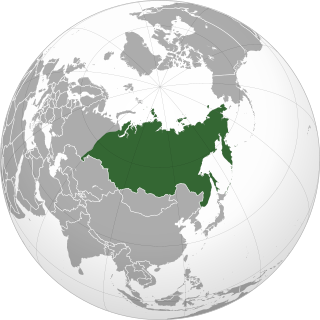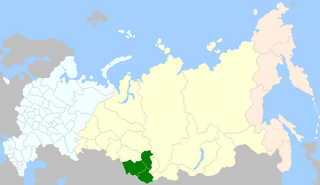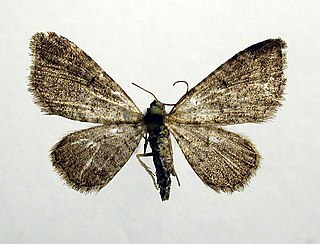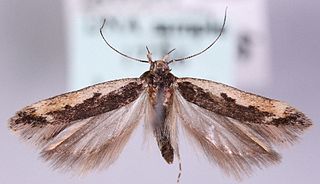
Siberia is an extensive geographical region comprising all of North Asia, from the Ural Mountains in the west to the Pacific Ocean in the east. It has formed part of the sovereign territory of Russia and its predecessor states since the centuries-long conquest of Siberia, which began with the fall of the Khanate of Sibir in the late 16th century and concluded with the annexation of Chukotka in 1778. Siberia is vast and sparsely populated, covering an area of over 13.1 million square kilometres (5,100,000 sq mi), but home to roughly a quarter of Russia's population. Novosibirsk and Omsk are the largest cities in the area.

The Altai Mountains, also spelled Altay Mountains, are a mountain range in Central Asia and Eastern Asia, where Russia, China, Mongolia, and Kazakhstan converge, and where the rivers Irtysh and Ob have their headwaters. The massif merges with the Sayan Mountains in the northeast, and gradually becomes lower in the southeast, where it merges into the high plateau of the Gobi Desert. It spans from about 45° to 52° N and from about 84° to 99° E.

Cuprite is an oxide mineral composed of copper(I) oxide Cu2O, and is a minor ore of copper.

Turanism, also known as pan-Turanism or pan-Turanianism, is a pan-nationalist political movement built around pseudoscientific claims of biological and linguistic connections between various ethnic groups of Eurasia. It revolves around the abandoned proposal of a Ural-Altaic language family, which hypothesizes that the Turkic, Mongolic, Tungusic, and Uralic peoples share Inner and Central Asian origins and therefore close cultural, ethnic, and linguistic bonds. Supporters of Turanism propose political unity among these groups, chiefly to oppose the cultural and political influences of the Indo-Europeans of Europe and South Asia, as well as the Sino-Tibetans of East Asia. The movement emerged in the 19th century to counter pan-nationalist ideologies such as pan-Germanism, and built upon the ideas of pan-Slavism.

Pyotr Alexandrovich Chikhachyov, last name also spelled Chikhachev or Tchihatchev was a Russian naturalist and geologist who was admitted into the Russian Academy of Sciences in 1876 as an honorary member. He authored geographical and geological descriptions of the Altai, Xinjiang (1845), and Asia Minor (1853-1869). One of the Altai mountain ranges is named after him.

The Kumandins (natively, Kumandy, Kuvandy(g)) are a Turkic Indigenous people of Siberia. They reside mainly in the Altai Krai and Altai Republic of the Russian Federation. They speak the Northern Altai Kumandin language.

A forest steppe is a temperate-climate ecotone and habitat type composed of grassland interspersed with areas of woodland or forest.

Plusiinae is a smallish subfamily of the moth family Noctuidae. As the Noctuidae appear to be a paraphyletic assemblage, the Plusiinae may eventually be raised to family status.

Polyommatus eros, the Eros blue or common meadow blue, is a species of blue butterfly found in the Palearctic.

Eupithecia plumbeolata, the lead-coloured pug, is a moth of the family Geometridae. The species can be found all over Europe ranging to the Urals, then through Central Asia to Siberia and to Sayan mountains, the Altai and the Amur. In the Alps, the species occurs up 2000 metres above sea level and in the Pyrenees up to in 2400 metres.

Lasiocampa is a genus of moths in the family Lasiocampidae. The genus was described by Franz von Paula Schrank in 1802.

Euchalcia variabilis, the purple-shaded gem, is a moth of the family Noctuidae.

Euchalcia consona is a moth of the family Noctuidae. It is found in Europe from Austria, through Hungary and Siberia up to the Ural mountains.

Muschampia tessellum, the tessellated skipper, is a butterfly of the family Hesperiidae. It is found from the southern Balkan Peninsula through Ukraine, southern Russia and Asia Minor, southern Siberia, Mongolia, east to the Amur region.

Spialia orbifer, the orbed red-underwing skipper or Hungarian skipper is a butterfly of the family Hesperiidae. It is found from south-eastern Europe and temperate Asia to Korea. The habitat consists of steppe on plains and grassy slopes in the mountains.

Cosmardia moritzella is a moth of the family Gelechiidae. It is found in Portugal, France, Germany, Austria, Switzerland, Italy, Poland, the Czech Republic, Slovakia, Belarus, Hungary, Romania, Greece, Estonia, Latvia, Lithuania, Finland, Norway, Ukraine and Russia.
Altaic languages is a hypothetical language family that was proposed to include the Turkic, Mongolian, and Tungusic.

The Great Russian Regions are eight geomorphological areas in the Russian Federation displaying characteristic forms of relief. Seven of them are east of the Urals.

















